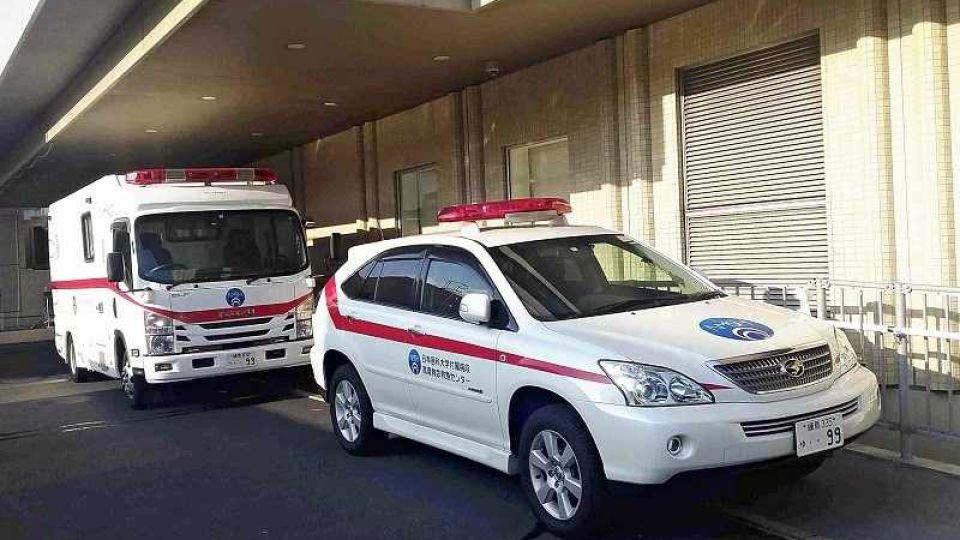November 29, 2022
TOKYO – The government has launched a nationwide survey into the use of “doctor cars,” rapid response vehicles that transport doctors to accident and disaster scenes.
Doctor cars are deployed at medical institutions and some fire departments across the nation, but their staffing and equipment vary depending on the institution. In some areas, there is poor coordination between the cars and firefighting agencies.
The Health, Labor and Welfare Ministry survey aims to find ways to utilize doctor cars more efficiently in hopes of improving the service and saving more lives.
Doctor cars range from sophisticated models equipped with such devices as heart-lung machines to passenger cars that simply transport doctors. It costs about ¥10 million to ¥40 million to outfit new vehicles — including medical equipment — with the central government or other entities occasionally shouldering part of the outlay.
When a fire department receives an emergency call, it dispatches an ambulance and, depending on the patient’s reported condition, also requests a hospital to dispatch a doctor car. Ambulance paramedics can only perform a limited number of medical procedures, whereas on-site treatment by doctors can help boost lifesaving rates.
According to the health ministry, in fiscal 2019, the about 260 doctor cars deployed at emergency medical care centers (EMCCs) or other relevant departments within medical institutions nationwide dealt with about 21,000 medical cases. However, the true number of doctor cars is unknown, because some are operated by medical institutions that do not have EMCCs. Furthermore, manpower shortages mean some cars cannot be dispatched at night, while others reportedly do not coordinate efficiently with on-site fire engines in terms of sharing location information and other relevant details.
For the survey, the health ministry has enlisted the help of the national doctor car council, which was established on Saturday by five organizations including the Japan Society for Prehospital Medicine and the Japanese Association for Acute Medicine.
The council will seek prefectural cooperation and send questionnaires to medical institutions that operate doctor cars regarding dispatch frequency and response times. The survey is expected to be completed by the end of December. Thereafter, the council will examine differences in lifesaving rates based on the kind of equipment in the cars as well as any examples of novel initiatives before compiling a report by the end of March.
“Many municipalities view the dispatch of doctor cars as a volunteer effort by medical institutions and leave equipment and operational costs to hospitals,” said Nippon Medical School Prof. Shoji Yokobori, who also serves as director general of the doctor car council. “We want to clarify the significance [of the cars] through the nationwide survey and strengthen cooperation between fire agencies and hospitals.”

